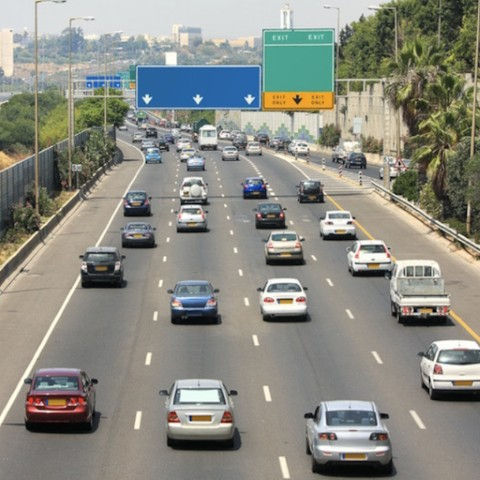Don't Get Bit by BitLocker!
- Ari Footlik
- Oct 6
- 2 min read
Updated: Oct 31
If your computer is Windows-based, you should run this quick check ASAP!
And I do mean, right now! You may be one reboot away from getting locked out of your computer!
1) Click the Start button and type "cmd"
2) Right-click on the "Command Prompt" result, then click "Run as Administrator," and then click "Yes" to the prompt about making changes to your device.
3) In the black-and-white window that opens, type the following:
manage-bde -protectors -get C:
NOTE: If you are prompted at step 2 to enter an administrator's password and you do not have this access, contact the person who does have access and ask for assistance.
The output should be similar to one of the following images:


If you see any numerical "Password" values, write them down or print them out, label the paper "<your name> BitLocker key" with the date, and keep the paper someplace safe!
Phew! I don't know about you, but I feel much better now.
What did I just do?
The numerical "Password" shown in the screenshot above is a key you'd enter in the screenshot below to unlock your computer's hard-drive.

You may see a screen like this if your computer has trouble starting/booting up Windows.
Why did I need to do this?
Until somewhat recently, the password used to log into a Windows computer only protected data in one user's account from being accessed by other Windows users. The files saved in the computer could be easily accessed by booting the computer from a USB-stick, or by installing the storage-device into a different computer.
Not long ago, Microsoft began requiring users log into a Microsoft account during the initial setup of a Windows-based computer. In the background during the setup process, Microsoft "does you the favor" of encrypting all of the files on your drive. With the data encrypted, files would not be easily readable even if someone were to boot your computer from a USB stick or insert your storage into a different computer.
If you follow the full initial-setup process and complete all the steps, Microsoft does you another favor of storing the key inside of your Microsoft account for safe-keeping. That way, if you ever have a problem with your computer, you can use another device to access your Microsoft account and retrieve the key.
If you don't complete all of the normal setup steps (and many people don't), the key never makes its way into your Microsoft account. The computer has automatically encrypted your data, but the key wasn't auto-saved into your account. You were likely during the initial setup to save or print the key, but the importance of saving this key is sorely under-communicated. And, you setup your computer so long ago that you can't remember if you even printed/saved the code at all, let alone where the printed/saved code is today.
So if your computer is Windows-based, you should run that check ASAP! And I do mean, right now! You may be one reboot away from getting locked out of your computer!





Comments